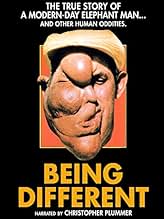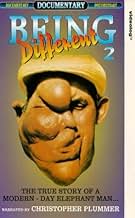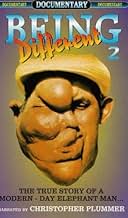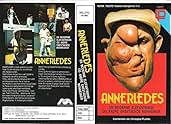Being Different
- 1981
- 1h 43min
Añade un argumento en tu idiomaThis compassionate documentary offers snapshots of a number of people living productive lives while coping with physical abnormalities.This compassionate documentary offers snapshots of a number of people living productive lives while coping with physical abnormalities.This compassionate documentary offers snapshots of a number of people living productive lives while coping with physical abnormalities.












